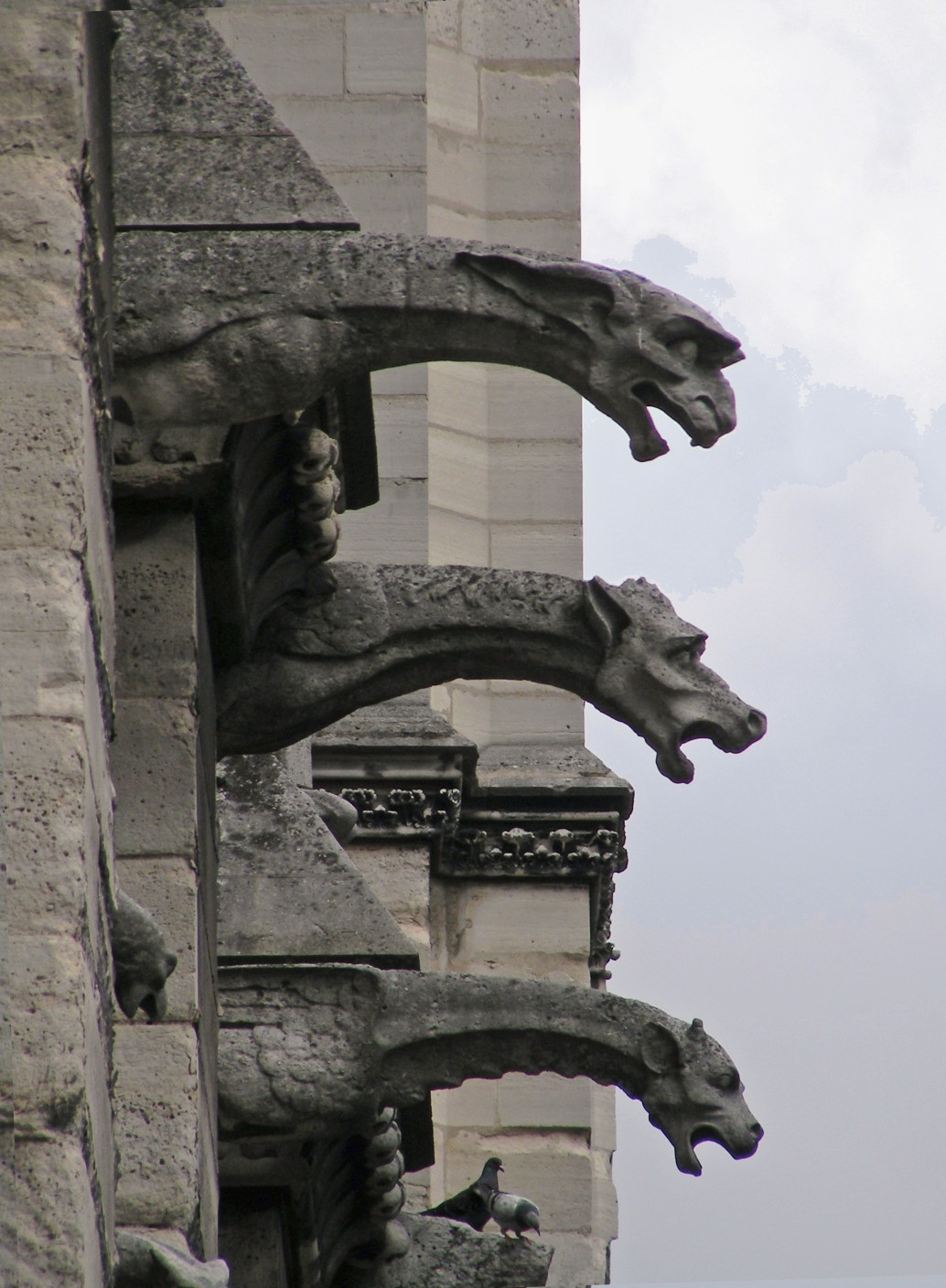
As Zilboorg (1941, p.158) noted, this theology of psychopathy offered clarity and certainty in addressing the mystery of psychopathy: “there is little doubt about anything; everything is simple, clear and direct.” Humankind was merely the victim of a villainous force and entity in the universe (paradigm). There was an enemy (the devil) and an institution (the church) to protect devotees from this evil force (models). An individual could do nothing to protect themselves from being tempted, bewitched, disease-ridden, or irrational. The anxiety associated with life, death, and madness could be addressed and ameliorated only through the introduction of powerful institutional authority (as vested in the Christian church) (a set of specific practices). The monk became the practitioner and the physician became only an onlooker who was allowed in only as a devote Christian. The locus of control clearly moved from a humanistic internal locus to an external locus: humans were victims not perpetrators.
Reason for Psychopathy II: Recompense [punishment for sinful act(s)]
The Christian church didn’t let this theology of victimhood become too dominant. Leaders of the church hedged their bets. They offered a second reason why psychopathy is manifest among some members of their society. Madness was recompense for a sinful act being committed by these members. According to Zilboorg, sexuality stood at the top of the list with regard to sinfulness: “Sin and mental disease have become equated in the mind of man; the major sin of man and women and the major preoccupation of the devil is sex.” (Zilboorg, 1941, p 145) The clerics of the time pointed to devils—who were classified as incubi and succubi (exemplified the differentiation of domains deemed to be highly important, as represented in the Weak Whorfian Hypothesis).
These were entities that indulged in the perennial seduction of women and men. All witchcraft, according to Zilboorg, was believed to have come from carnal lust, which for women was considered “insatiable” (exemplifying the power of semantics and individual words, as proposed by Whorf and Sapir—see essay one). Must of this theology regarding sex and madness was articulated in a highly influential tome, called Malleus Maleficarum [the witch’s hammer].” We see here the potential dynamics described by Whorf in his Strong Hypothesis, as well as the role played by both anxiety and power. Are we more included to see witches operating and the hammer removing Satan’s hold on some of the citizens in our society if a compelling phrase (“the Witch’s Hammer”) is available to guide our perceptions and actions?
Reasons for Psychopathy III: Satin/Devil [evil forces take over the human body and soul]
One of the most mysterious manifestations of psychopathy during these many centuries in Europe was the highly theatrical acting out of violent motions, irrational or nonsensical words, screams, moans, sexual displays, or even self-harm and nudity—in other words “possession.” This is the kind of behavior we have seen in a movie like The Exorcist or in documentaries about highly-emotional religious practices (for instance, speaking in tongues or handling poisonous snakes) The word itself conveys something about the ascribed source of this pathology: the devil or some other evil force takes over the mind, heart and soul of the possessed victim: this form of psychopathy was often labeled “the devil sickness” or the “witch disease” The world branches left: from this perspective we are victims not initiators (as “sinners”). We went to the movie to view the perpetrator (a masked man with a chain saw or the mad neighbor with scissors in place of hands) rather than the shrieking victim.







